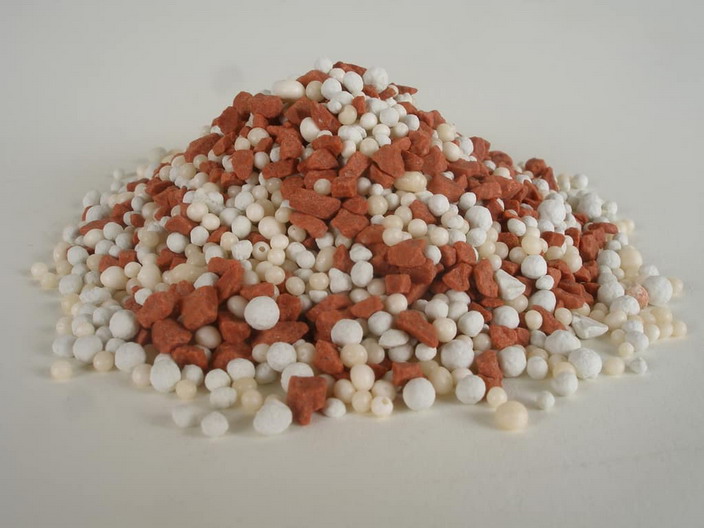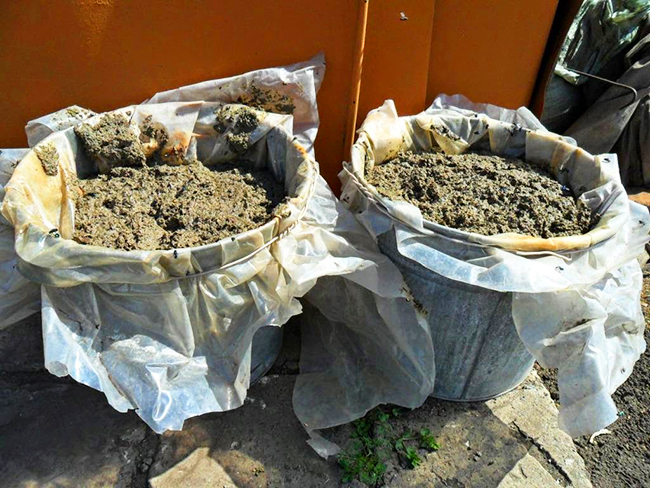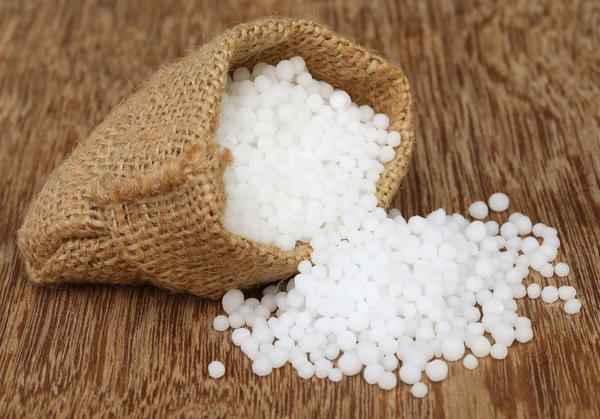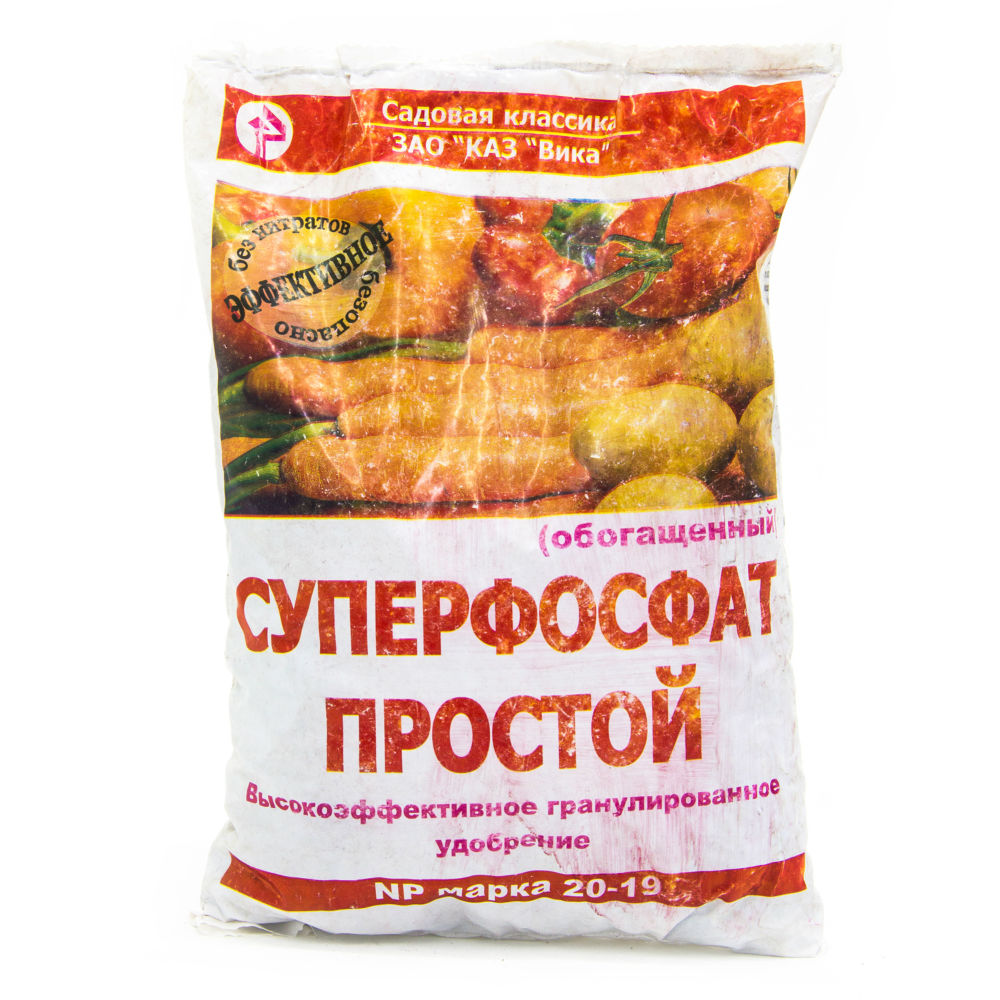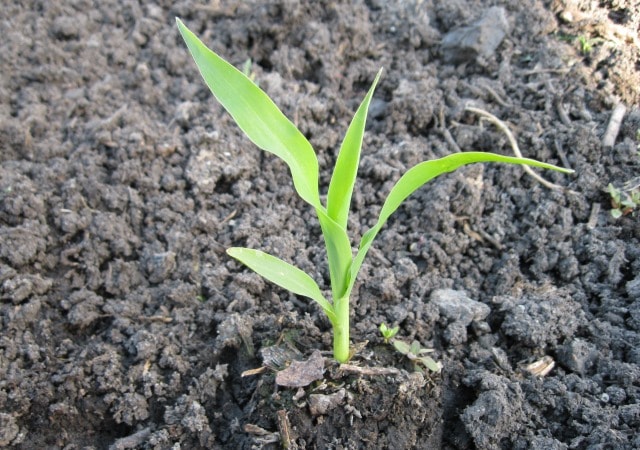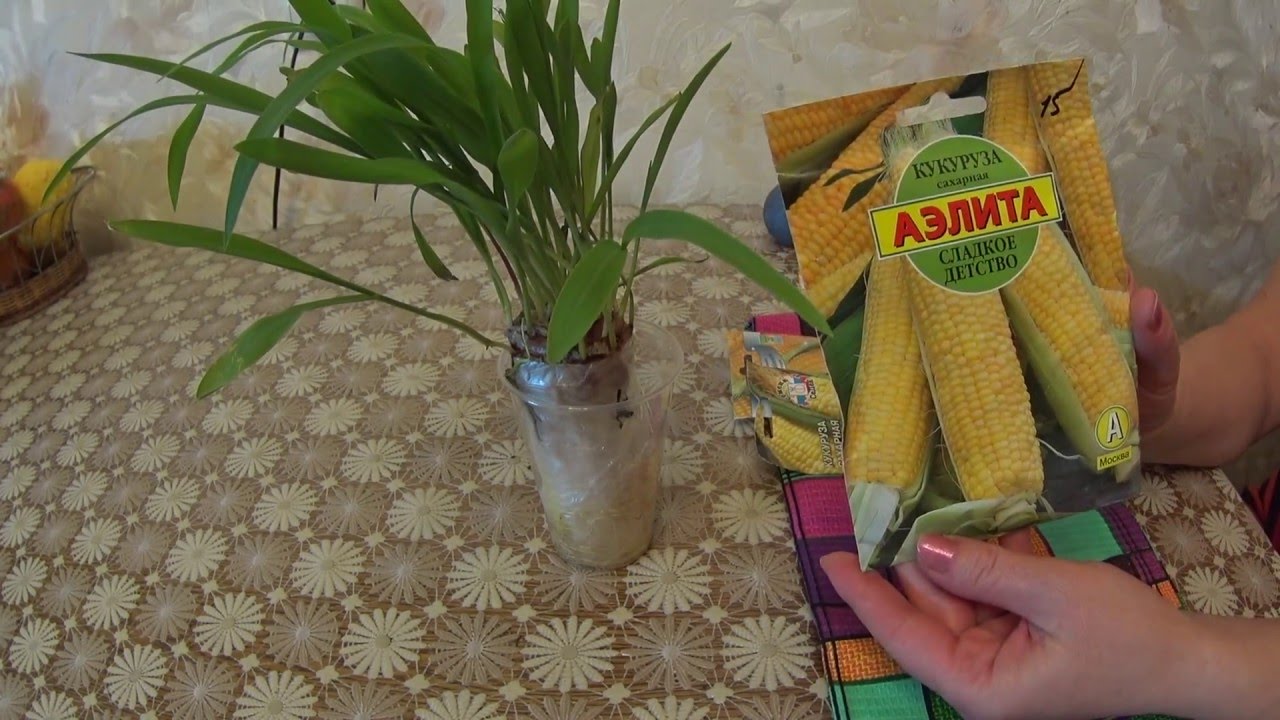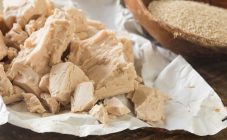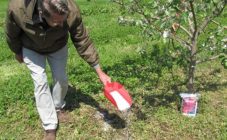Content:
Heat-loving corn is considered a southern crop, but it can also be grown in the regions of central Russia. Grain is rich in vitamins of group B, E, H, as well as useful substances magnesium, calcium, iodine, iron. Despite this, corn is contraindicated for those suffering from gastrointestinal disorders, increased blood clotting, thrombosis.
Corn is grown all over Russia, but not everyone is waiting for the long-awaited harvest. Why? Because they do not feed the plant properly.
Planting and further care
Sowing corn with seeds outdoors is suitable for regions where the heat stays for almost 4 months. The area for cultivation should be sunny, sheltered from the winds. The soil must be chosen light, moist. In cases where the soil is heavy and clogged, it is prepared: the soil is plowed up by digging, drainage is done. It is also necessary to fertilize with potassium-phosphorus substances in the fall. For 1 sq. m, 20 g of potash and 25 g of nitrogen fertilizers are applied. If the soil is acidic, then it is lime - 1 sq. m add 300 g of lime.
Before planting, the corn kernels are calibrated in a saline solution, leaving large specimens that have settled to the bottom. The seeds are then treated to protect them from disease. Powdered pesticide, hydrogen peroxide, or a weak solution of potassium permanganate are suitable for this procedure.
In the spring, before planting in open ground, they are treated with herbicides to destroy weeds. To make the plant resistant to drought, the soil is enriched with micronutrient fertilizers based on zinc and molybdenum.
The time for sowing is chosen depending on the region. Soil temperature should be at least 10 ° C. Usually, corn planting begins in May after the last frost. Corn does not tolerate temperature extremes.
The seed holes are placed 30 cm between plants and 70 cm between rows. Planting depth - 9 cm.
In regions with short summers, corn is grown using seedlings. In mid-April, several grains are sown in peat cups to a depth of 3 cm and covered with a 1 cm layer of sand. You can transplant seedlings into the ground at the age of 20 days, subject to the temperature regime.
After the appearance of the first node, the corn grows until the beginning of flowering, then the forces of the plant are directed to the formation of cobs.
Sprout should be watered abundantly from the moment 9 leaves appear until the end of the grain pouring period.
Loosening is carried out after each watering or rain to provide additional oxygen to the roots. It is also necessary to carry out timely feeding.
Top dressing of corn
Every gardener knows that corn fertilizers are essential at any stage of development. First, corn lays down its reproductive organs, therefore, based on the nutrition received by the plant, the number and size of future ears are formed. For this period, readily available fertilizers are suitable, since the root system is still poorly developed.Nitrogen-phosphorus fertilizers are well suited for improving the formation of the root system. When pushing out panicles, corn needs complex feeding. This allows it to grow faster, start flowering earlier, and form large cobs.
In rainy weather and pallor of leaves, foliar feeding of corn with mineral fertilizers is carried out to compensate for the lack of nutrients.
How to treat corn from pests
To increase the immunity of plants to diseases and pests, potash fertilizers are applied along with nitrogen. Potassium helps the assimilation of nitrogen, found in potassium salt and potassium chloride. Calcium helps to assimilate minerals, acts as a neutralizer of soil acidity. The action of calcium reduces the high concentration of nitrogen. Fertilizers containing zinc improve photosynthesis and increase the immunity of corn. At the stage of head formation, the plant is fertilized with magnesium, which is used together with urea in the form of foliar dressings.
With the slow development of the root system, the plant consumes an insufficient amount of useful elements, therefore gardeners use foliar feeding of corn. Foliar top dressing is most often used.
Organic fertilizers
Corn requires both mineral and organic fertilizers.
How to fertilize corn for a good harvest? Organic matter - manure. In the fields, the introduction of 30 kg of manure will increase the yield of maize to 10 centners per hectare. A solution is made from the manure, which is poured over the corn. 10 kg of mullein are bred in 50 liters of water. Insist 5 days, after which 1 liter of the resulting slurry is diluted with 1 liter of water. The disadvantage of such a folk fertilizer is the appearance of a crust on the soil after watering and thinning of the stems. The rate of liquid manure is 7 kg per 1 sq. m.
Fertilizers to protect against diseases
To protect the plant and increase its immunity, mineral fertilizers are needed: phosphorus, potassium, nitrogen, boron, zinc, magnesium.
The increase in productivity will be facilitated by the combined use of mineral and organic fertilizers. For 1 part of mineral fertilizers, 2 parts of organic matter are used.
Lack of nitrogen in the plant will affect the blanching of the leaves. How to feed corn in this case? Spraying with ammonia water will help to correct this deficiency. 500 g of ammonium nitrate is dissolved in 10 l of water. Exceeding the nitrogen norm will lead to an increase in the content of nitrates in the plant, poor development of ears.
Potassium-phosphorus fertilizers are applied at sowing. The most widespread are superphosphate and ammophos. The application rate of these fertilizers is 10 kg per 1 ha.
Potassium fertilizers are applied when 7 leaves appear on the plant. Use 500 g of potassium salt per hectare. Potassium chloride is introduced in autumn.
What else can you feed corn
Leaf feeding of corn with carbamide has a good effect on the development of the plant. The application rate does not exceed 250 liters per hectare. To obtain a 4% solution, take 400 g of urea per 10 liters of water. It is possible to add manganese sulfate at a concentration of 5%. The solution can be used in the morning or evening at low temperatures and calm weather. Plants that already have 7 leaves are sprayed for 3 weeks.
Ammonium nitrate or ammonium nitrate for corn is the best nitrogen fertilization. Introduced at planting at a rate of 7-10 kg per 1 ha.
Fertilizer for grain corn is carried out when laying seeds in the ground. For this, the earth is enriched with phosphorus in the optimal amount.
Experienced gardeners advise, after the end of flowering, treatment with a 30% urea solution. This trick increases the yield by 25%.It is also noted that the use of dressings should be carried out in a complex manner in order to achieve the desired result.
In June, corn is fertilized with a solution of chicken manure. Replenishment of the zinc stock can be carried out using a solution of zinc sulfate and lime, and for the manganese stock - manganese sulfate.
Before the formation of panicles, usually in June, a solution is prepared from superphosphate, potassium salt and nitrate in a ratio of 4: 2: 2. They also do foliar feeding with urea and carbamide.
If you follow the advice above, corn will grow well, grow and delight you with its harvest in July-August.

